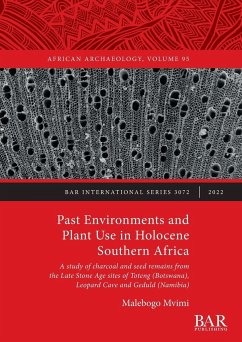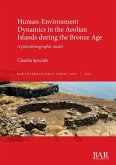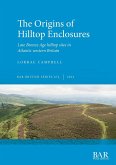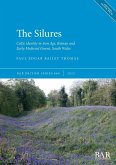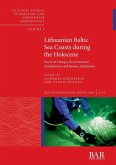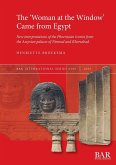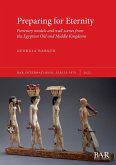This book uses macrobotanical analysis (charcoal and seeds/grains) from Later Stone Age sites in Botswana and Namibia to address past climatic and environmental conditions in Southern Africa during the Holocene period, c. 2000 BP. One of its main objectives is to comprehend subsistence and overall socio-economic stratagems of human communities vis-à-vis their vegetal milieu. The majority of Southern Africa has comparatively few archaeobotanical studies, so this is the first archaeobotanical research from the site of Toteng and Botswana. Hence, this study draws equally from ethnographic inferences to understand current plant distribution and utilisation, which was achieved by using data collected among the San and Damara communities, found in the Erongo region, Namibia. Finally, a botanical reference collection was developed in order to facilitate the macrobotanical identification process, as well as to contribute to the initial reference bank that will later be developed for future research.
Hinweis: Dieser Artikel kann nur an eine deutsche Lieferadresse ausgeliefert werden.
Hinweis: Dieser Artikel kann nur an eine deutsche Lieferadresse ausgeliefert werden.

